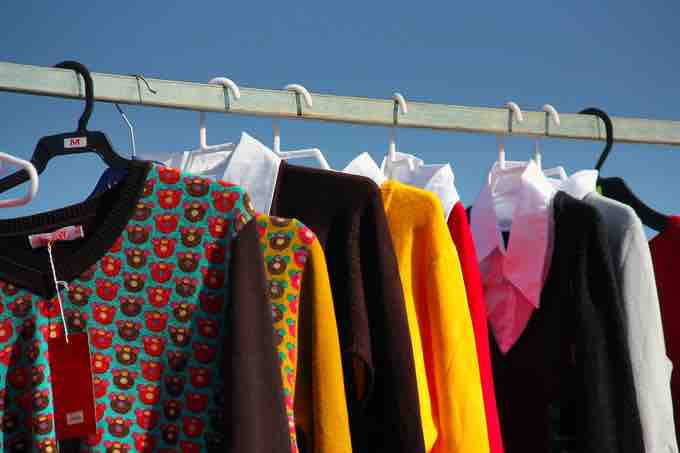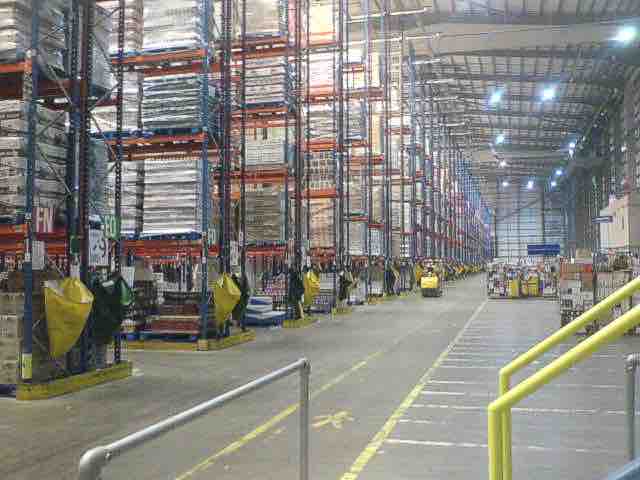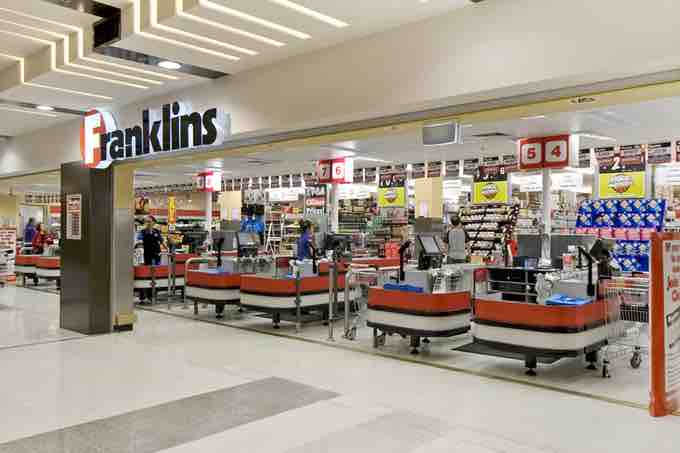Customer Expectations
Customers expect different things from different types of marketing channels. A department store is, after all, very different from a mom-and-pop store. Retail products are usually classified into three broad categories: food products, hard or durable goods, and soft goods or consumables. Members of a channel of a distribution are also customers of those elsewhere in the channel, and their expectations must also be met.
Durable goods are those that yield services or utility over time rather than being used up when used once. Cars and washing machines are examples of durable goods. Consumable goods are those that are used up when used or otherwise have a limited life, such as clothing .

Clothing
Clothing is generally considered a consumable good.
Channel Member Expectations
Channel partners are also customers after all, and their expectations must also be taken into account, to develop and maintain successful relationships with them.
A common issue in channel management is leadership: the role of a channel leader should be understood by all members of the channel so that expectations are managed appropriately. The leader coordinates the goals and efforts of channel members. Some leaders may be positive and open to feedback, while others may be negative and lead based on a system of punishment and strict rules.
It is important to remember that a channel of distribution may be made up of organizations, but those organizations are made up of people. Thus, tending to the "human element" is important. Ideally, a channel member should coordinate their efforts with other members in such a way that the performance of the total distribution system is enhanced. The lack of cooperation that is often apparent is due to the organization structure of many channels, which encourages a channel member to be primarily concerned with channel members immediately adjacent to them, from whom they buy and to whom they sell. Four human dimensions have been incorporated into the study of channel behavior: roles, communication, conflict, and power. It is assumed that an understanding of these behavioral characteristics will increase the effectiveness of the channel .

Warehouse
This distributor is a part of a channel of distribution, who must both meet expectations of its customers, as well as have its own expectations met.
By ensuring there are no leadership issues and by tackling the human element of the channel of distribution, expectations of the channel members can be effectively met.
Large Retail Outlets
There are many large retail outlets, and most offer a wide variety of products at average prices. Department stores, supermarkets, and warehouse stores are all large retail outlets. Each will have its own feel and come with its own customer expectations. A shopper at a warehouse store, for example, will expect to find low-cost, high-quantity goods, while a customer at a supermarket expects to find groceries and limited non-food items. Large retail outlets have some things in common, however. A customer can generally expect relatively lower customer service and a wide range of products and prices. Products at these stores often require a more involved decision process and post-purchase evaluation. Depending on the type of store, these outlets generally focus on one or two categories. A department store, for example, will sell both durable and consumable goods.

Supermarket
Supermarkets usually offer a wide range of products at average prices.
Smaller Retail Outlets
Mom-and-pop stores, specialty stores, and general stores are all smaller retail outlets. While a customer may get more personalized service, the range of products is generally lower. These stores often focus on a few key categories of products. Conversely, these smaller outlets may offer a wider array of products at low margins, such as a discount store.